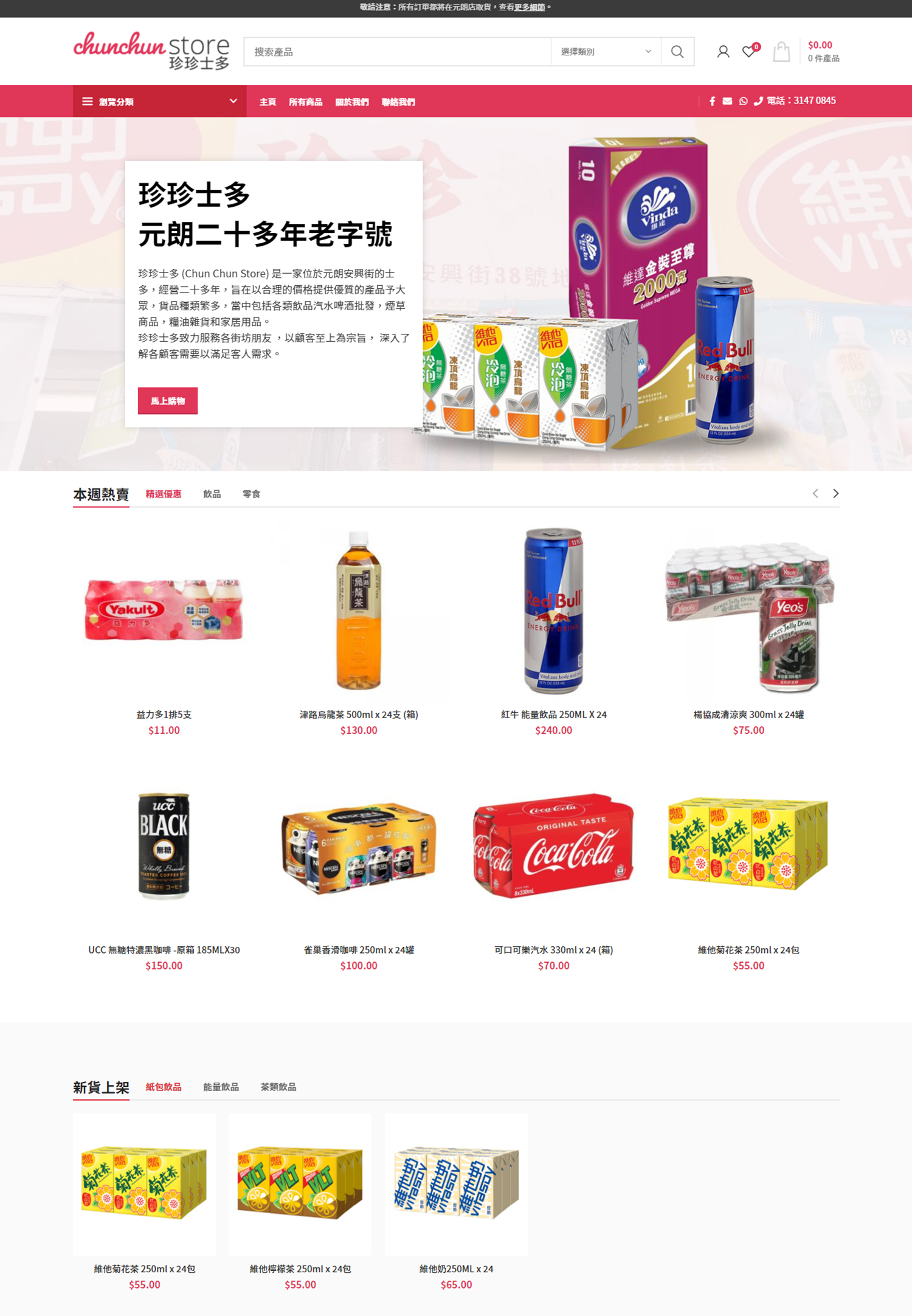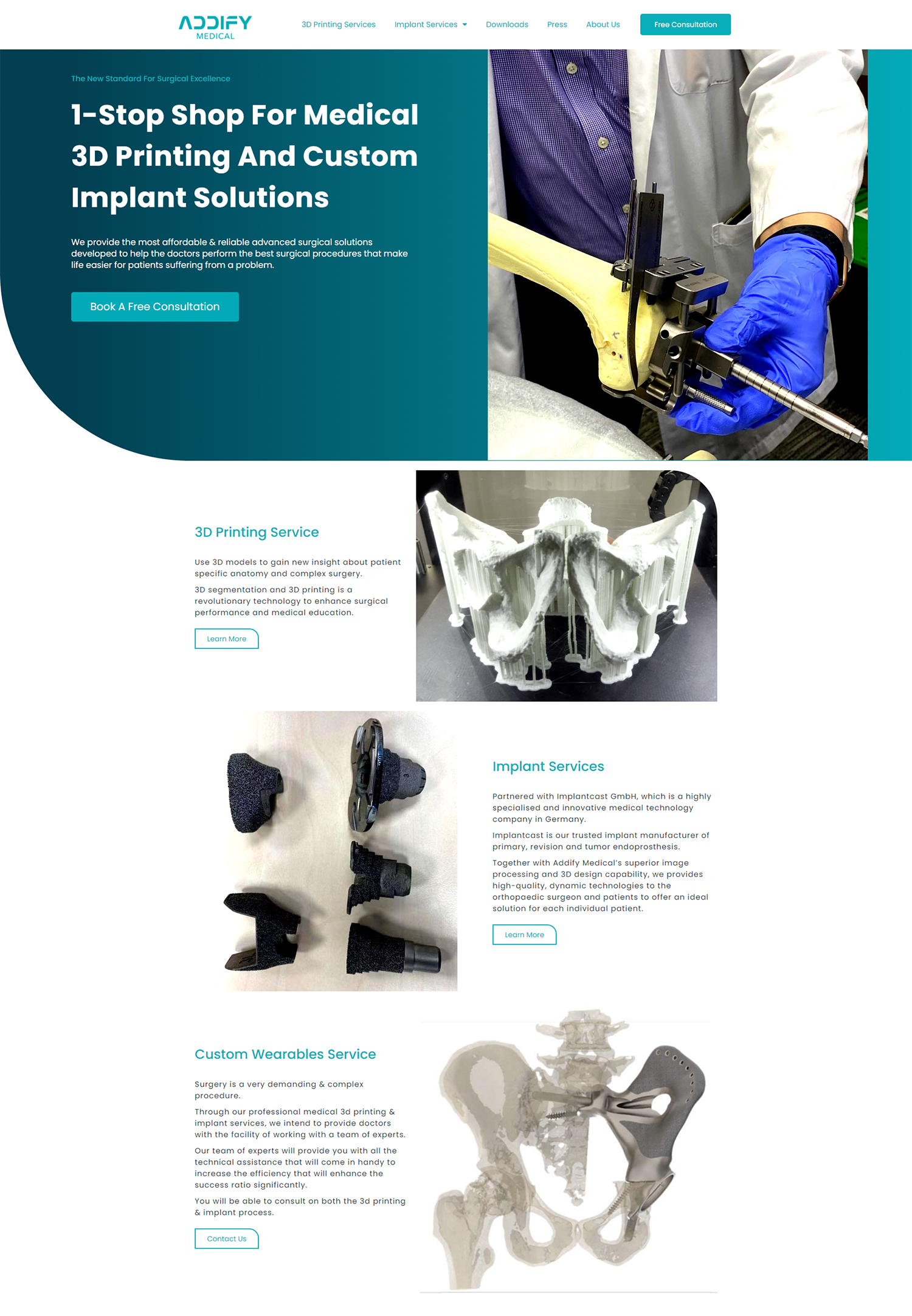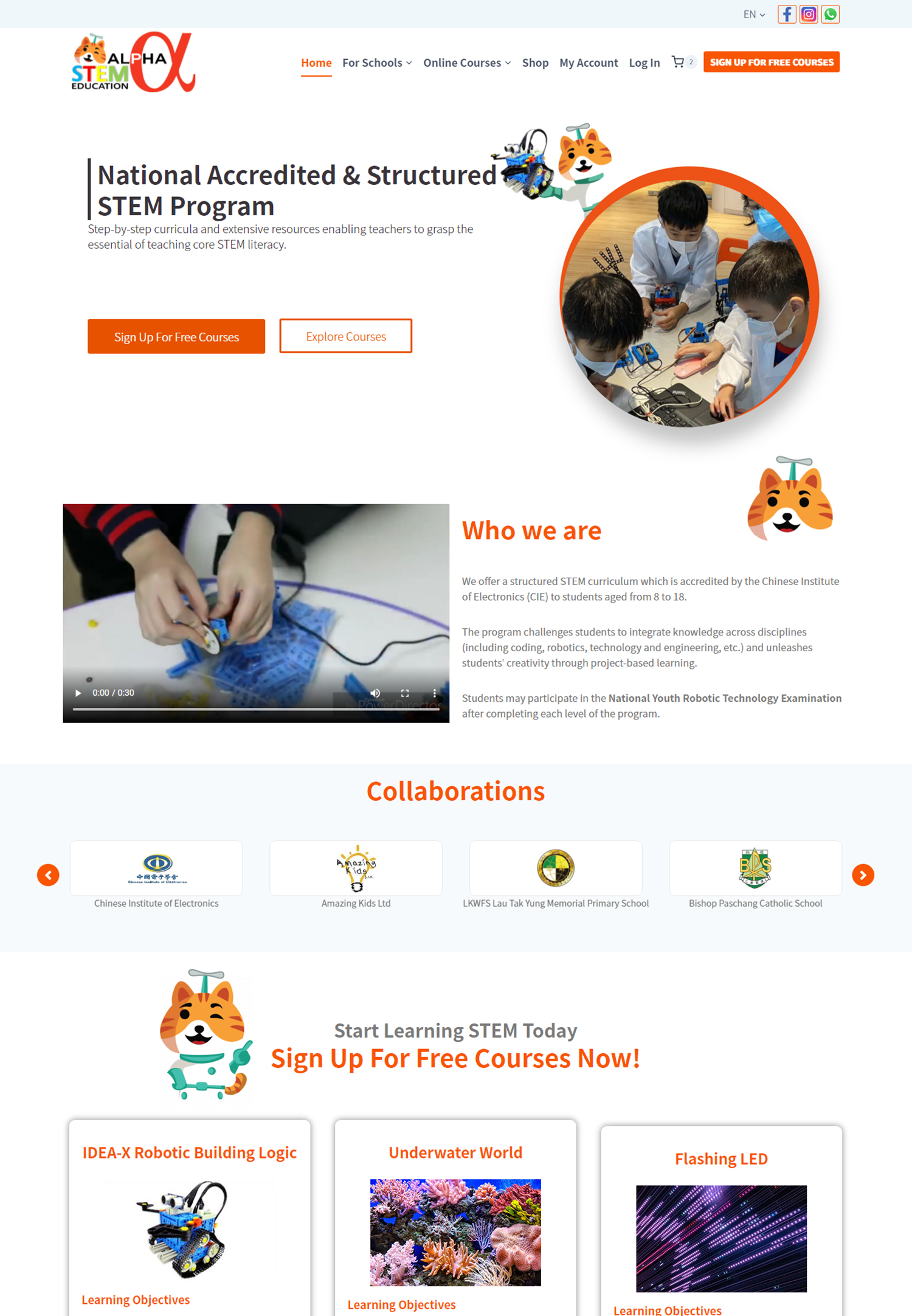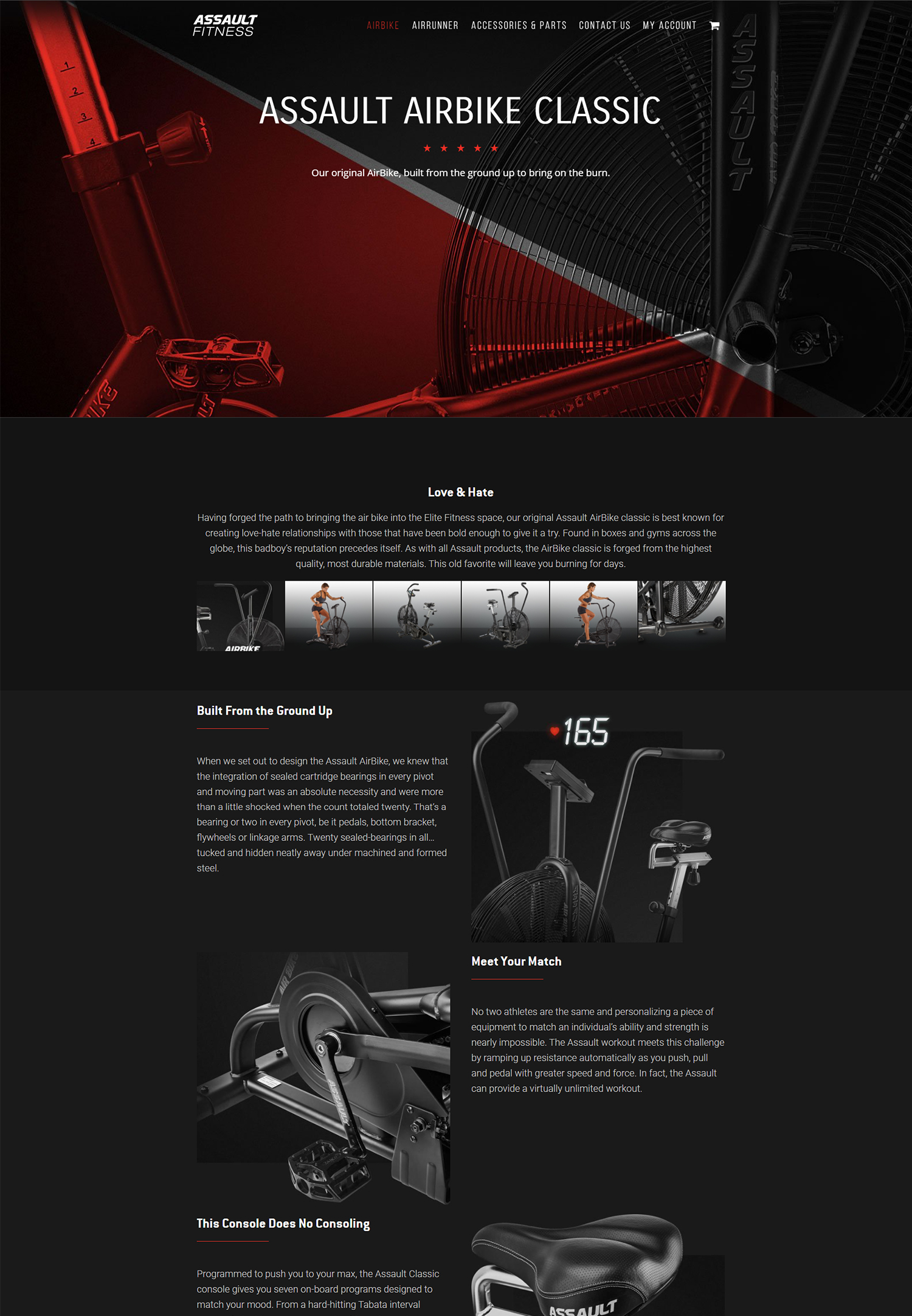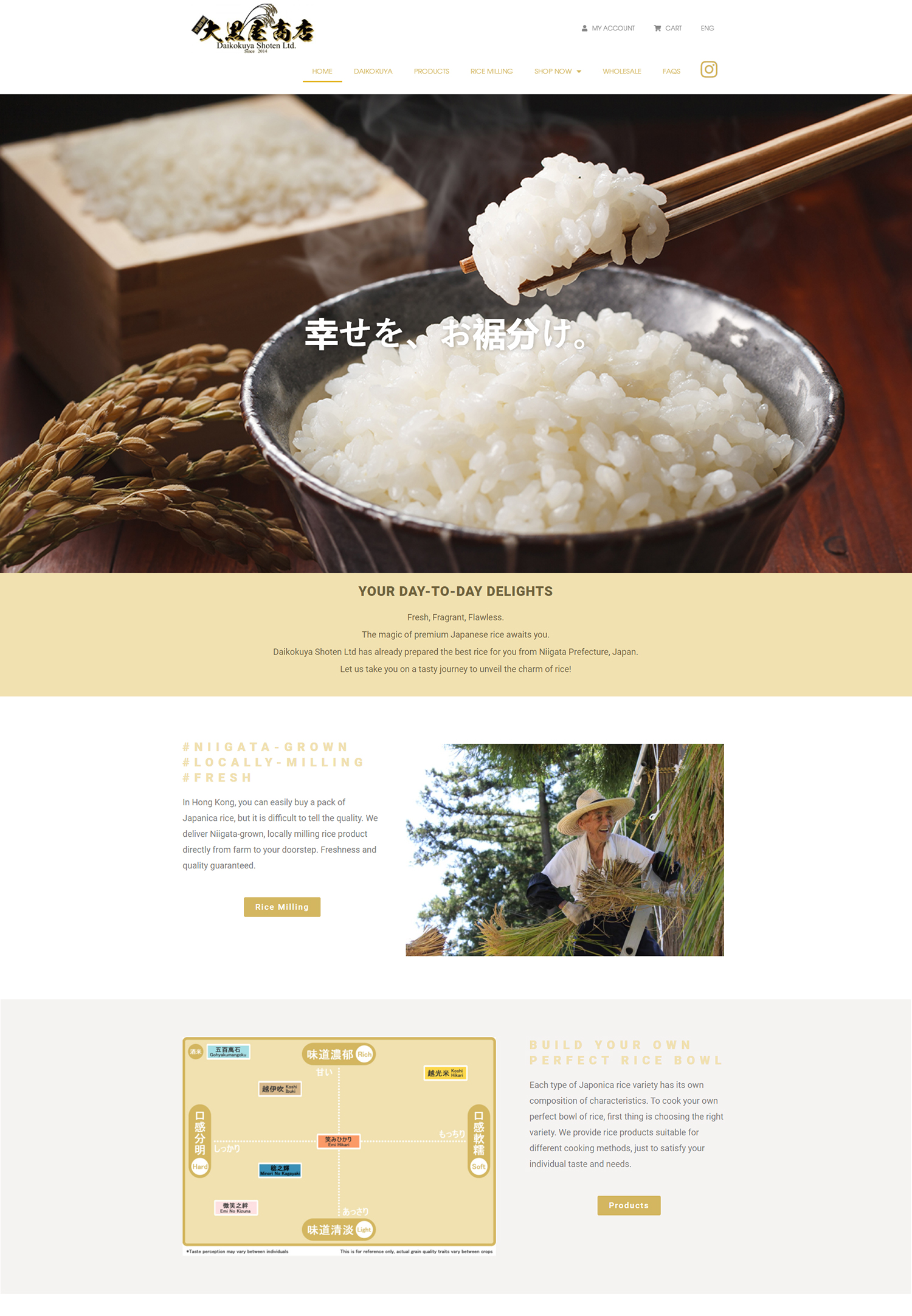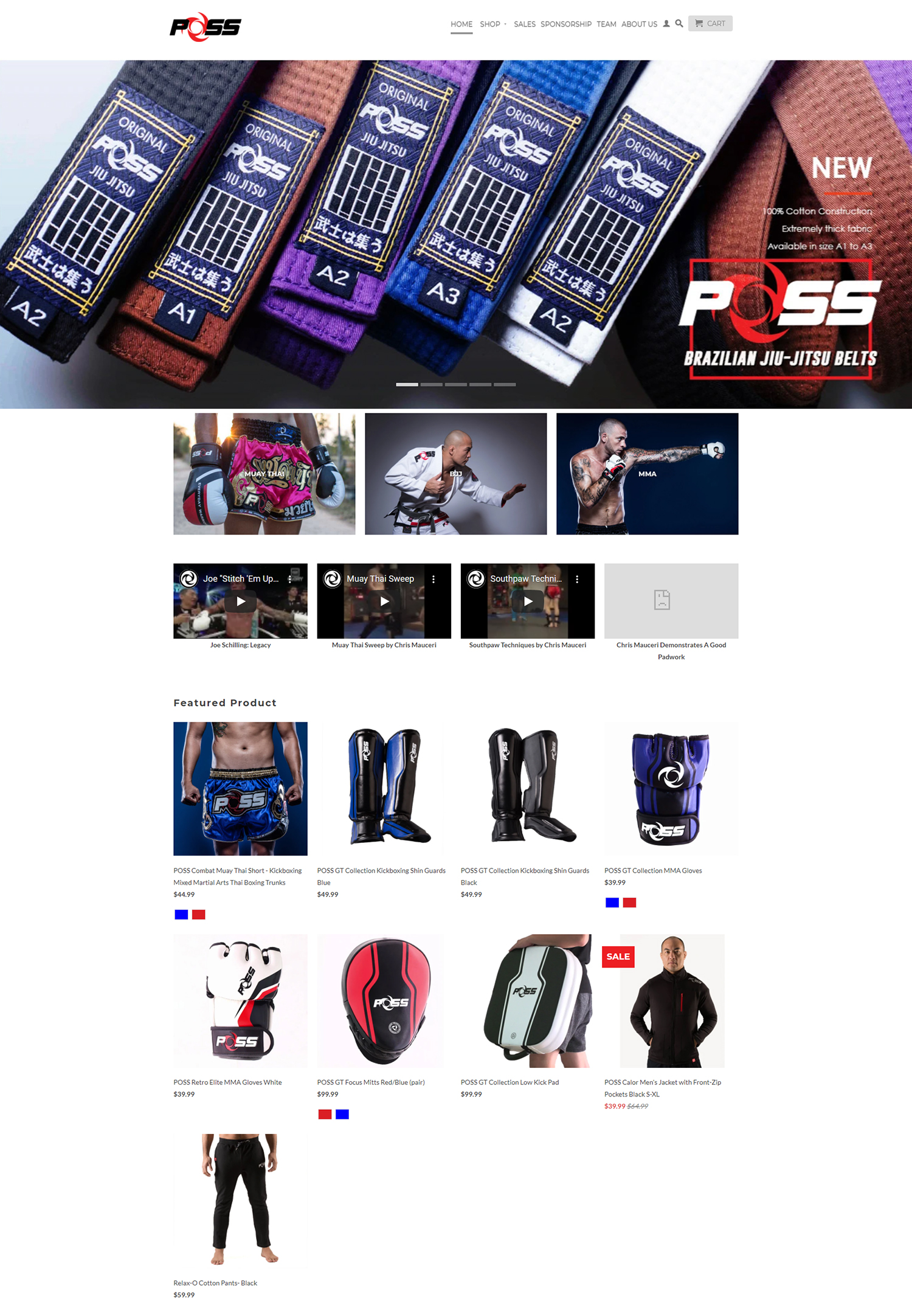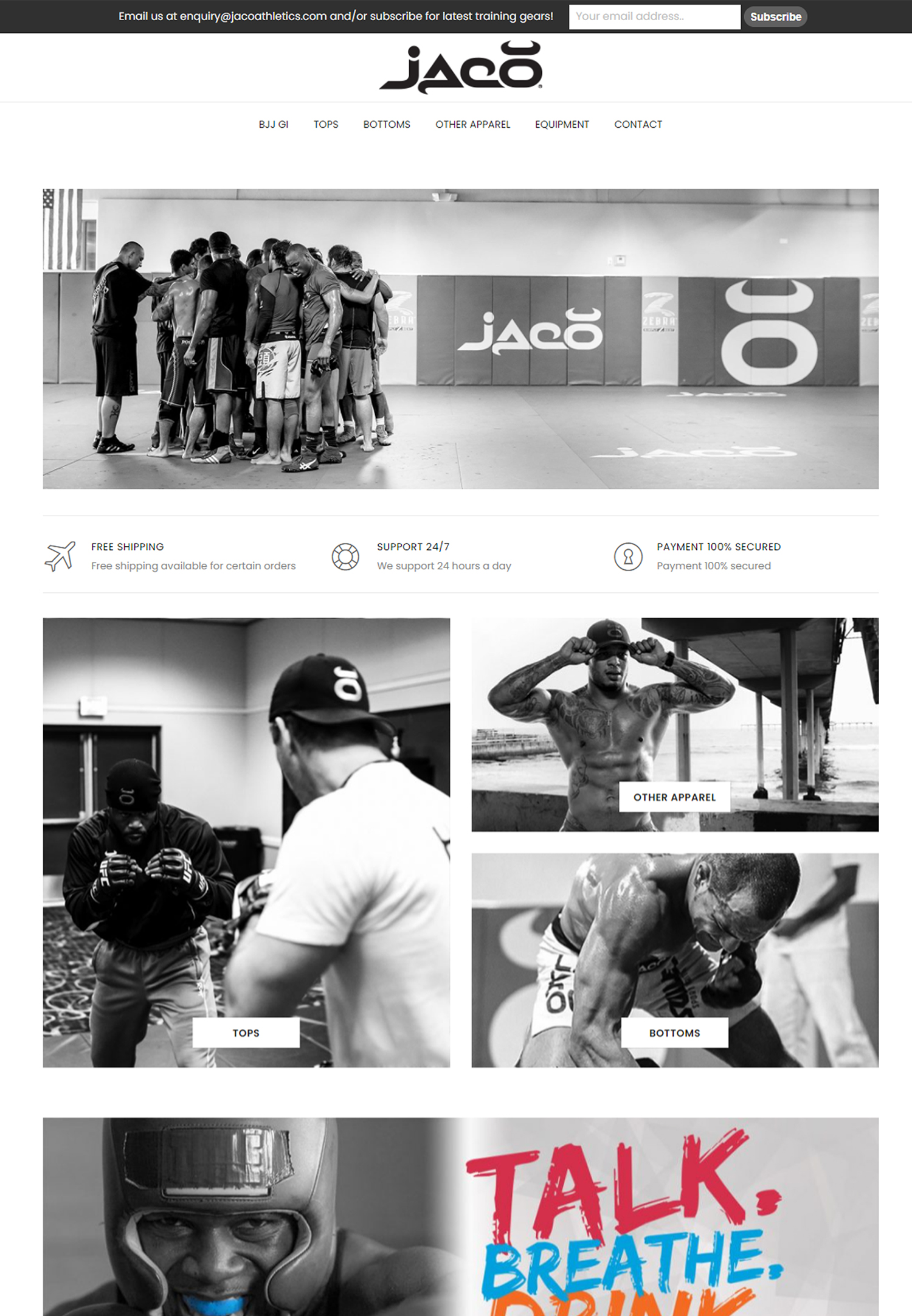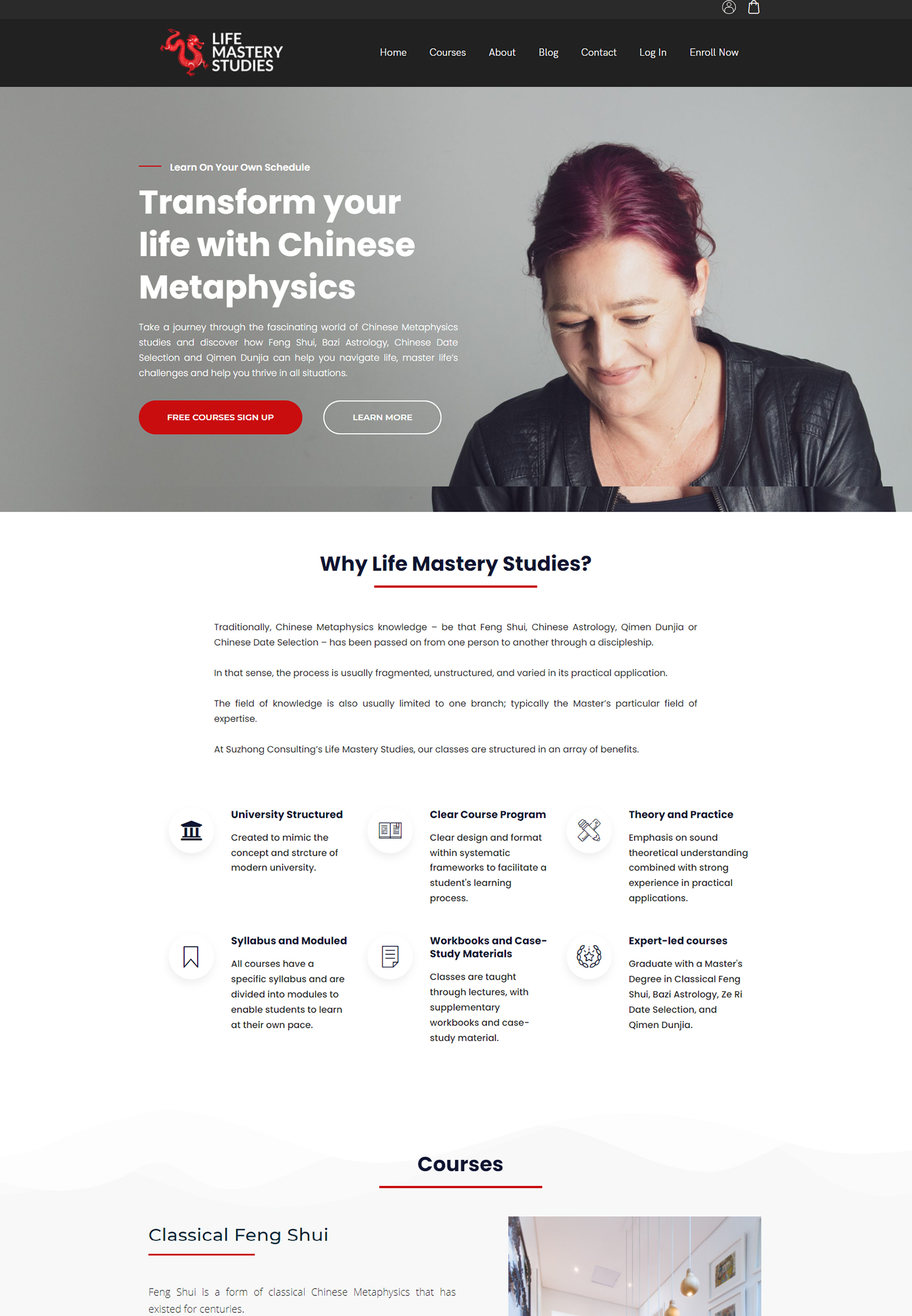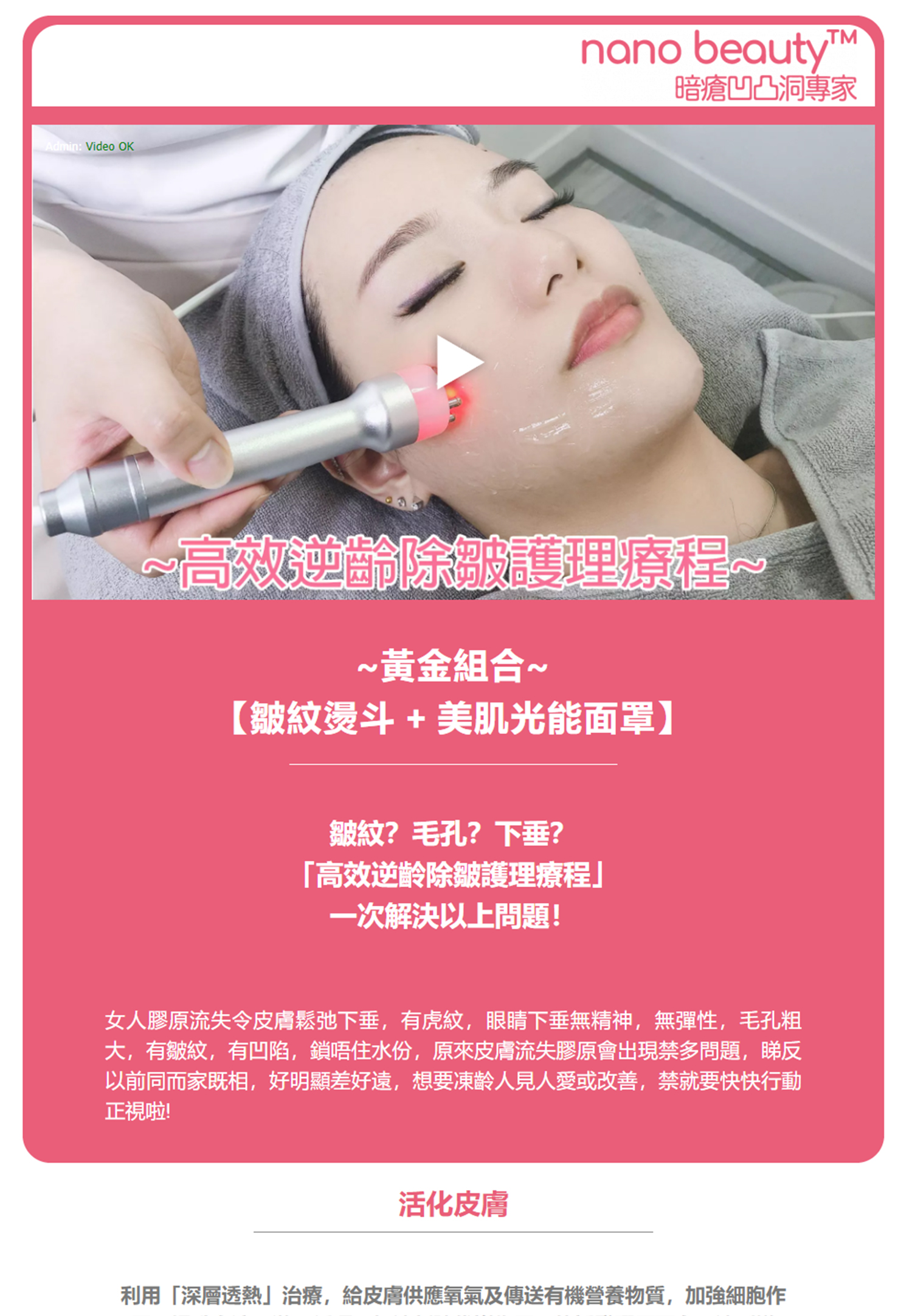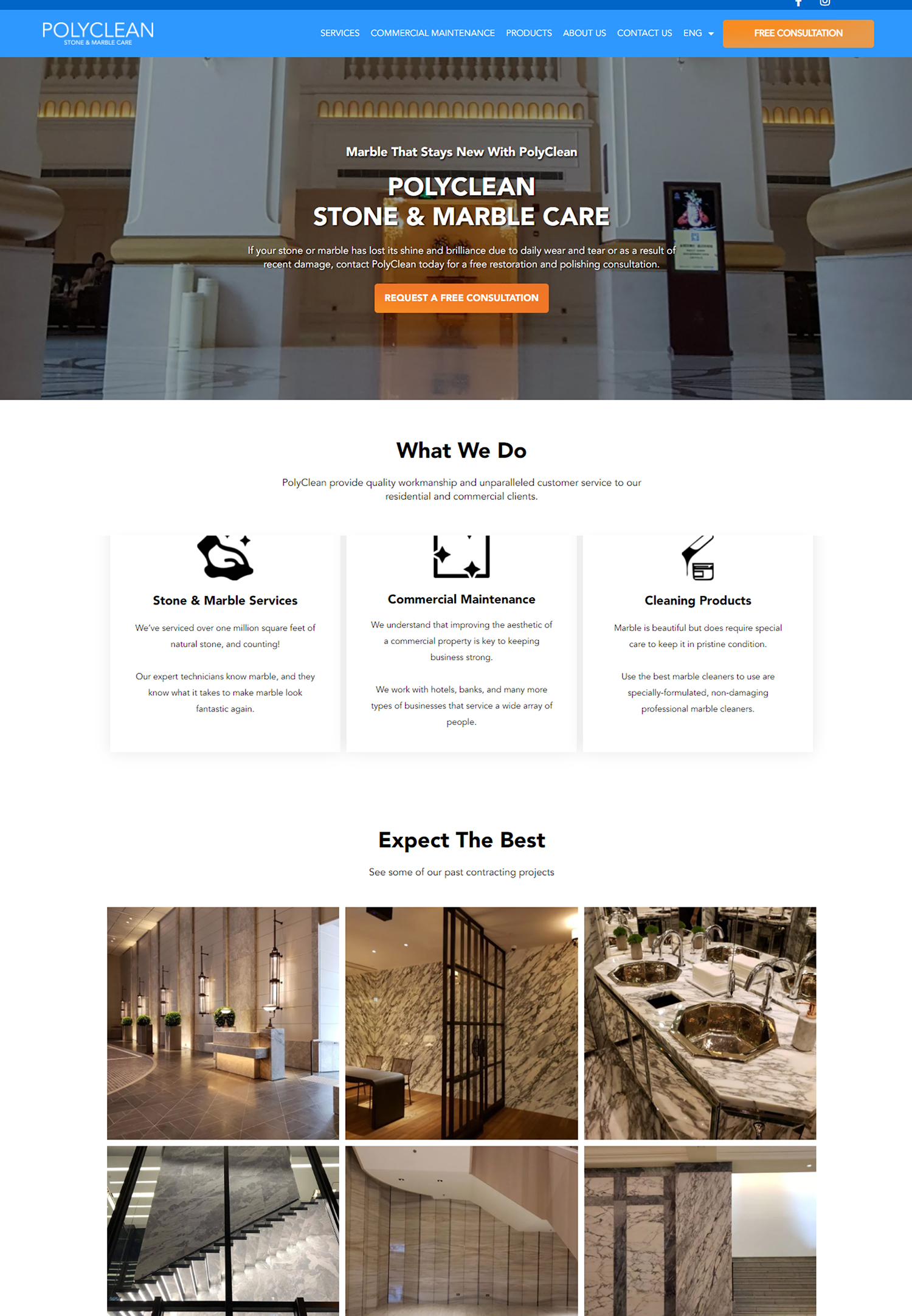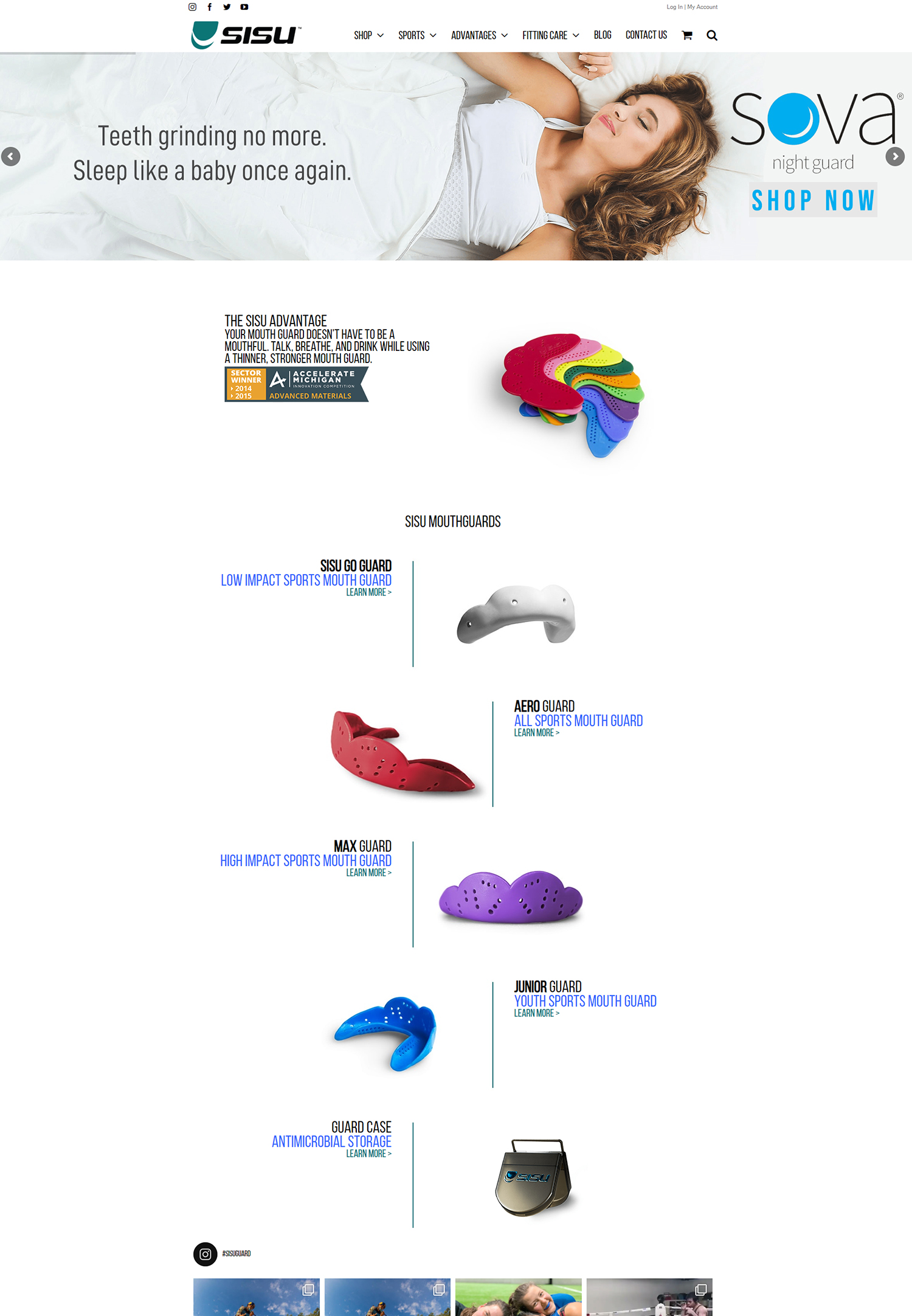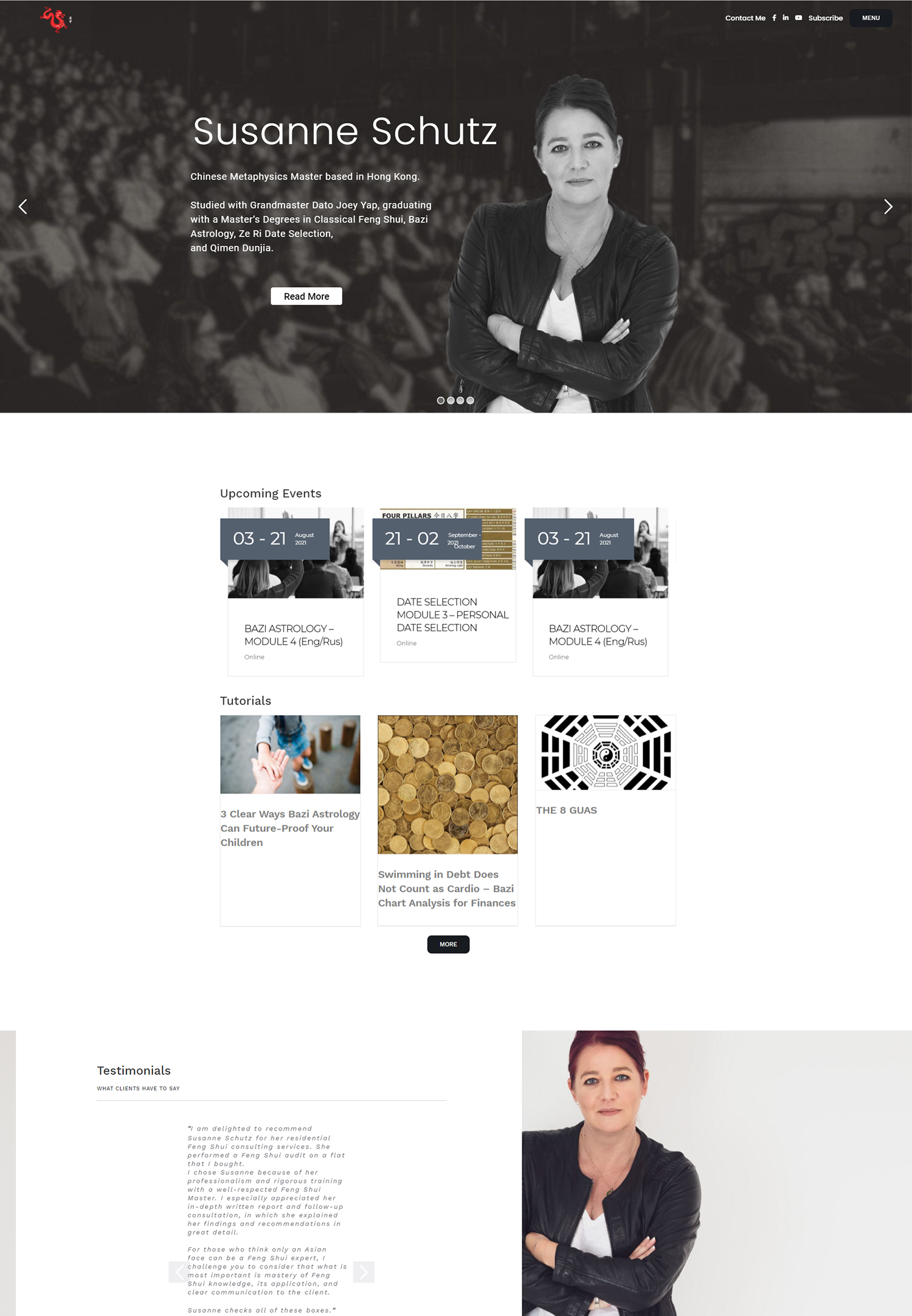An Extensive Guide to A/B Testing A/B testing, sometimes referred to as split testing, is a technique that compares two iterations of an application or webpage to see which one works better. Making two variants, Version A and Version B, with one element changed between them is the most basic form of A/B testing. This could be anything from a headline’s wording to the color of a call-to-action button. By assigning a subset of your audience to each version, you can collect information about user preferences & interactions, which will help you make decisions that improve user experience and conversion rates. The scientific method is the foundation of A/B testing, which involves formulating hypotheses based on preexisting information or presumptions and testing them through carefully monitored experiments. To determine which version performs better, the results are statistically examined.
Key Takeaways
- A/B testing is a method of comparing two versions of a webpage or app to determine which one performs better.
- A/B testing is crucial for optimizing landing pages as it helps to identify the most effective design, content, and layout for driving conversions.
- To conduct A/B testing, start by defining clear goals, creating variations to test, and using a reliable A/B testing tool to track and analyze results.
- Key metrics to measure in A/B testing include conversion rate, bounce rate, click-through rate, and engagement metrics.
- Common mistakes to avoid in A/B testing include testing multiple elements at once, not giving tests enough time to run, and ignoring qualitative data from user feedback.
This method offers insights into user preferences and behavior in addition to aiding in landing page optimization. With companies depending more and more on data-driven tactics, A/B testing has become a vital tool for both product developers and marketers, allowing them to make evidence-based choices that have a big financial impact. Since landing pages are the initial point of contact between a brand and a potential customer, optimizing them is essential to increasing conversions. The function of A/B testing in optimization. Because it enables marketers to test various landing page components, including headlines, images, and layouts, A/B testing is essential to this optimization process.
Businesses can determine which combinations best connect with their target audience by methodically testing these variations, which will increase engagement and conversion rates. Using data to inform decisions. Making data-driven changes guarantees that marketing initiatives are grounded in real user behavior rather than conjecture. Also, A/B testing helps companies develop a continuous improvement culture. As market conditions and consumer preferences change, what was effective yesterday might not be as effective today. Continuing to Lead the Way.
Businesses can remain ahead of the curve by adjusting their strategies in real-time by regularly running A/B tests. In addition to improving landing page efficacy, this iterative process advances our knowledge of consumer demands and motivations. Using A/B testing to optimize landing pages is not only advantageous but also necessary for long-term success in a time when user experience is crucial. A/B testing entails a number of crucial procedures that guarantee a methodical and efficient procedure. Establishing precise test objectives is essential first.
What particular result are you looking for? Having a clear objective will help you focus the entire testing process, whether that objective is to increase click-through rates, sign-ups, or user engagement. The next step is to decide which components you want to test after objectives have been set. This could involve anything from small adjustments like button colors to more substantial ones like content or layout modifications.
Making the two iterations of your landing page comes next, after you’ve decided what to test. It is imperative that only one variable be altered at a time, as doing so makes it difficult to determine which change caused any performance variations that were noticed. You can use an A/B testing tool to randomly assign visitors to either Version A or Version B once the variants are ready. The test should run long enough to collect statistically significant data, but not long enough that results could be skewed by outside factors. Once enough data has been gathered, compare the findings to your predetermined goals to derive useful insights that can guide future marketing initiatives.
Prioritizing key performance indicators (KPIs) that support your goals is essential when running A/B tests. Typical metrics include conversion rate, which calculates the proportion of site visitors who finish a desired action, like buying something or subscribing to a newsletter. You can evaluate how well each variation drives user actions by monitoring conversion rates. Metrics like time on page and bounce rate also reveal information about user engagement & the relevancy of the content.
While a high bounce rate can mean that users are not finding what they were looking for, a longer time on a page can mean that users are interested in the content. Click-through rate (CTR), especially for components like links or call-to-action buttons on your landing page, is another crucial metric. By calculating the ratio of users who clicked on a particular element to those who viewed it, CTR offers important information about how effective it is.
Also, using heatmaps to track user behavior can highlight areas that might need improvement by showing how visitors interact with various page elements. During your A/B testing process, you can make well-informed decisions that improve results by concentrating on these crucial metrics to obtain a thorough grasp of what your audience responds to the most. In order to guarantee successful results, marketers should be aware of a few common pitfalls, even though A/B testing can provide insightful information. One common error is to run tests for too little time. Inadequate data can produce ambiguous findings and poor decisions that are based on sporadic variations rather than real patterns. Making sure your test has enough time to record a representative sample of user behavior under various circumstances and at various times is crucial.
Also, results can be distorted if your audience is not segmented; accurate analysis depends on knowing your audience because different demographics may react differently to variations. Another common mistake is testing several variables at once, which is known as multivariate testing without appropriate controls. This method makes it harder to identify which change affected user behavior and complicates the analysis.
To get more precise insights, concentrate on one variable at a time instead. Last but not least, skipping post-test analysis can ruin the entire process; making adjustments based only on preliminary results without additional assessment can result in lost optimization opportunities. Marketers can increase the likelihood of getting significant results from A/B testing by avoiding these typical blunders and following best practices. Using user-friendly platforms to streamline A/B testing.
There are many tools and resources available to support efficient A/B testing in today’s digital environment. Well-known platforms such as Google Optimize provide intuitive user interfaces that enable marketers to design and oversee tests without requiring a great deal of technical expertise. These tools frequently have features like powerful analytics dashboards for real-time performance metrics tracking & visual editors for simple design modifications.
Advanced Features for Complex Testing. Optimizely and VWO (Visual Website Optimizer) are two other noteworthy choices that offer sophisticated segmentation and multivariate testing features. Using analytics platforms like Google Analytics in addition to specialized A/B testing tools can help you better understand how users behave during tests. By integrating these tools, you can easily monitor important metrics and acquire a better understanding of how various variations behave over time.
access to best practices and invaluable knowledge. Also, blogs, webinars, and courses devoted to conversion rate optimization (CRO) can offer useful information and best practices for carrying out effective A/B testing. Marketers can improve results and expedite their testing procedures by making effective use of these tools and resources.
A/B testing has been effectively used by many businesses to enhance their landing pages & dramatically raise conversion rates. One popular e-commerce company, for example, changed the layout of their product page from a grid format to a single-column design as part of an A/B test. The results were impressive: because the single-column layout made it easier for users to read & navigate, conversions increased by 30%. This case serves as an example of how data-driven insights can result in significant benefits from even small changes.
Another strong example comes from a well-known software company that experimented with various headlines on their landing page to boost free trial sign-ups. They tested a number of headlines that emphasized different benefits, such as speed versus ease of use, and found that one headline performed 25% better than the others. Their immediate sign-up rates increased as a result of this insight, which also helped them identify the most effective marketing strategies for their audience. These case studies demonstrate how A/B testing can lead to quantifiable gains in business performance. In conclusion, A/B testing is a crucial tactic for improving landing page performance and user experience in the cutthroat digital world of today. Businesses can use this potent technique to make well-informed decisions that result in higher conversion rates & long-term growth by comprehending its tenets, appreciating its significance, carrying out tests efficiently, accurately measuring important metrics, avoiding common pitfalls, using the right tools, and taking inspiration from successful case studies.
Adopting A/B testing will surely remain a pillar of successful marketing strategies going forward as long as businesses prioritize data-driven strategies.
If you’re exploring A/B testing for landing page optimization, you might also be interested in learning how to enhance your overall sales strategy. A related article that dives into effective techniques to boost your sales can be found at Populis Digital. This comprehensive guide offers actionable insights and strategies that can complement your A/B testing efforts by driving more conversions and enhancing customer engagement. For more detailed information, check out the article How to Increase Sales. This resource is invaluable for anyone looking to refine their sales approach alongside optimizing their landing pages.




